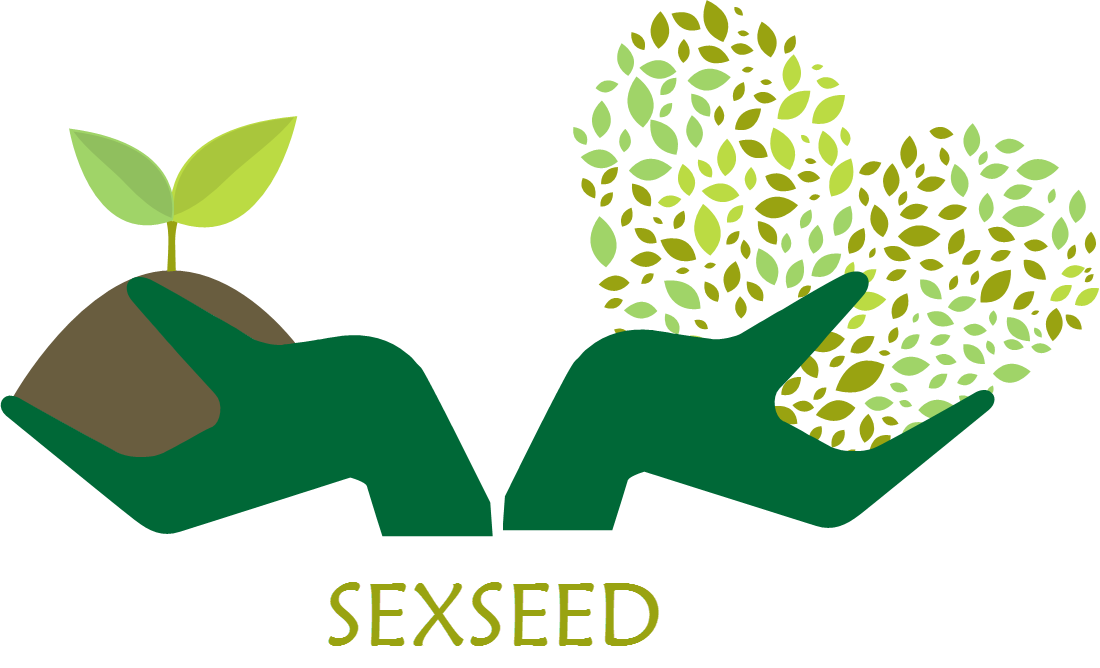
VIRGINIA POLYTECHNIC INSTITUTE AND STATE UNIVERSITY

VirginiaTech participates in WP1 (Coordination, Management and Dissemination), WP2 (STK ChIP-sequencing data (vs RNA-sequencing)) and WP8 (Exploitation and Dissemination). Virginia Tech is one of the world's top universities in Times Higher Education rankings.
general
Virginia Tech was founded in 1872 as a land-grant institution and was named Virginia Agricultural and Mechanical College. Virginia Tech, is a public, land-grant, research university with a main campus in Blacksburg, Virginia, educational facilities in six regions statewide, and a study-abroad site in Switzerland. Through its Corps of Cadets ROTC program, Virginia Tech is also designated as one of six senior military colleges in the country.
As Virginia's third-largest university, Virginia Tech offers 225 undergraduate and graduate degree programs to some 30,600 students and manages a research portfolio of $513 million, the largest of any university in Virginia. The university fulfills its land-grant mission of transforming knowledge to practice through technological leadership and by fueling economic growth and job creation locally, regionally, and across Virginia.
DEPARTMENT FROM VirginiaTech INVOLVED IN THE PROJECT
Dr. Bombarely’s group is part of the Department of Horticulture at VirginiaTech. His laboratory is focused in the study of the plant domestication and evolution using genomic and bioinformatics tools. They use ornamental crops such as begonias, petunias and sinningias as models for plant domestication, studying floral phenotypes such as changes in the flower morphology (e.g. flower symmetry, double corolla).
The College of Agriculture and Life Sciences graduate and undergraduate program are considered among the best in the U.S. U.S. News & World Report (2014) ranked biological systems engineering 11th in the nation. In 2009, the National Science Foundation ranked Virginia Tech No. 5 in the country for agricultural research expenditures, much of which originated from the College of Agriculture and Life Sciences.
Genomic methodologies are used to link phenotype diversity with changes in the genome architecture (e.g. functional gene space). They also collaborate with several groups in the study of the evolutionary origin of key genes for flower and seed development. Additionally, they develop bioinformatics pipelines for the analysis of genomes and processing of the Next Generation Sequencing (NGS) data.